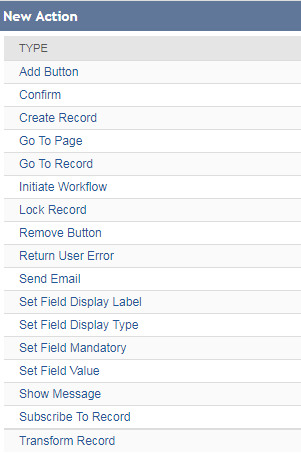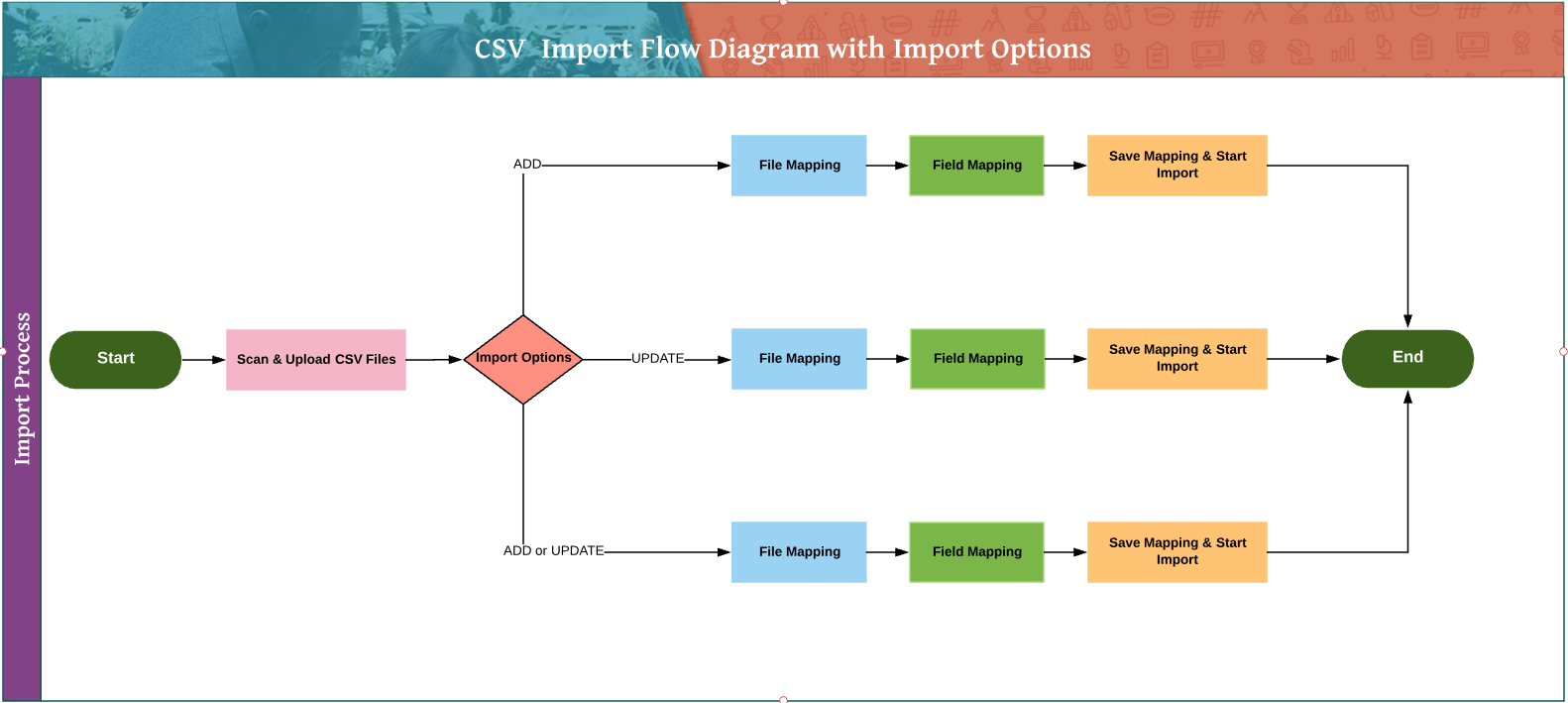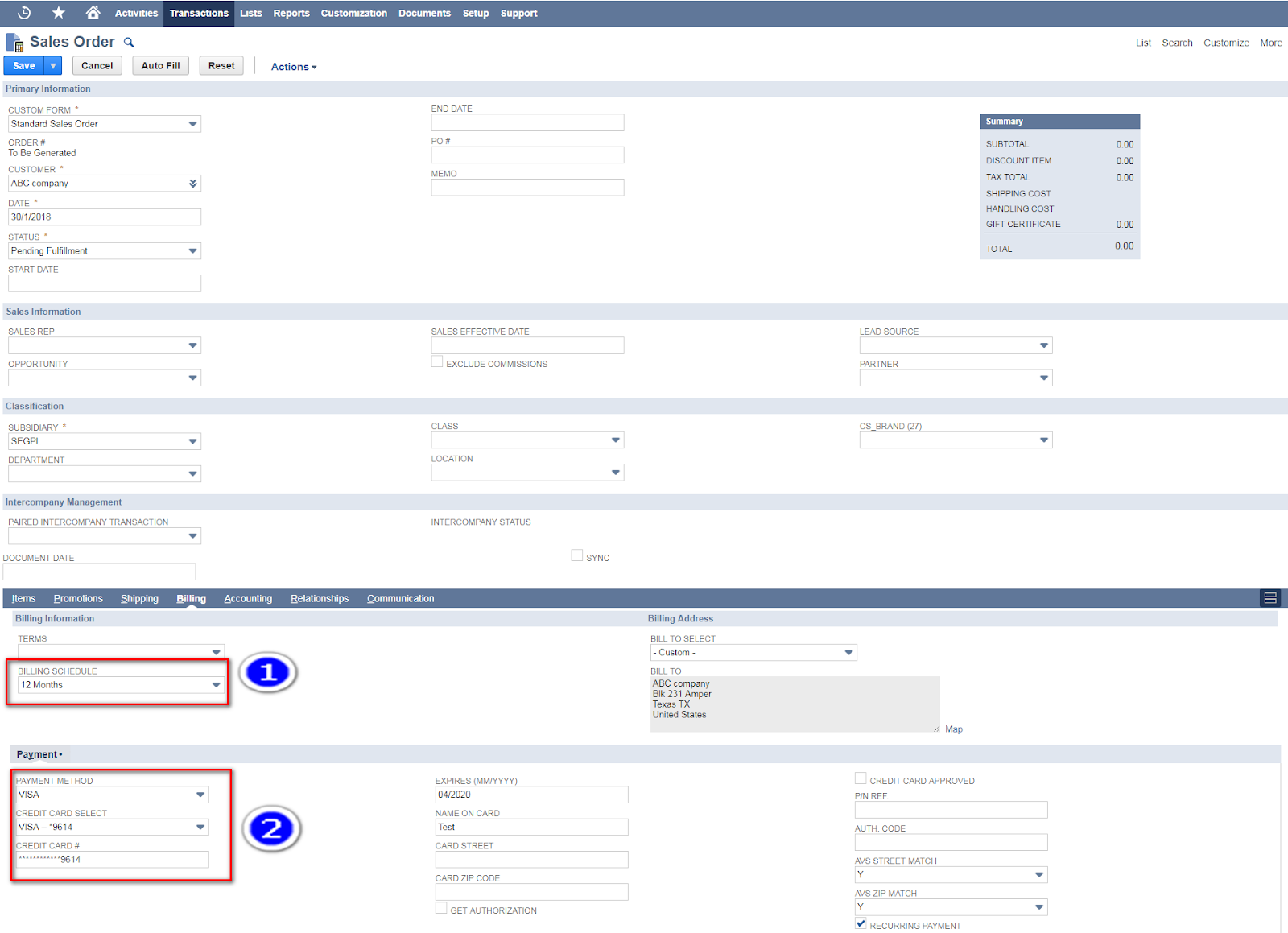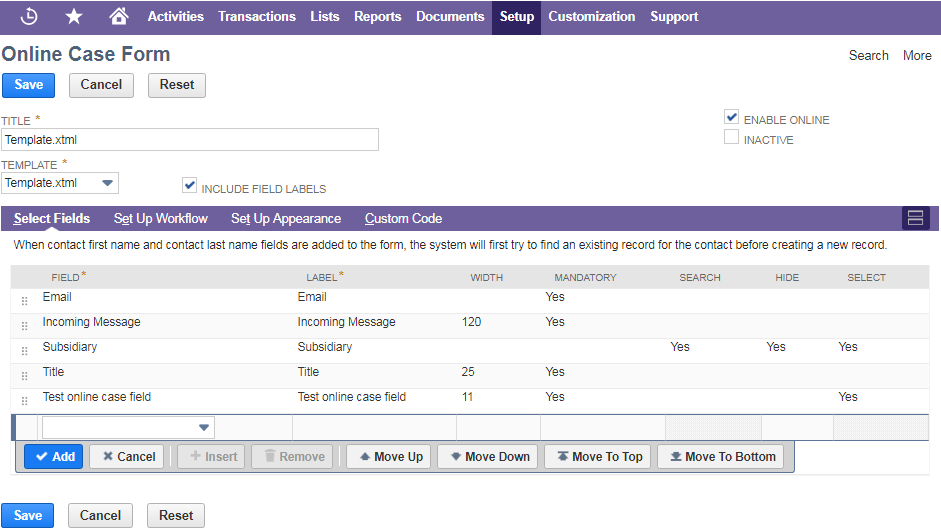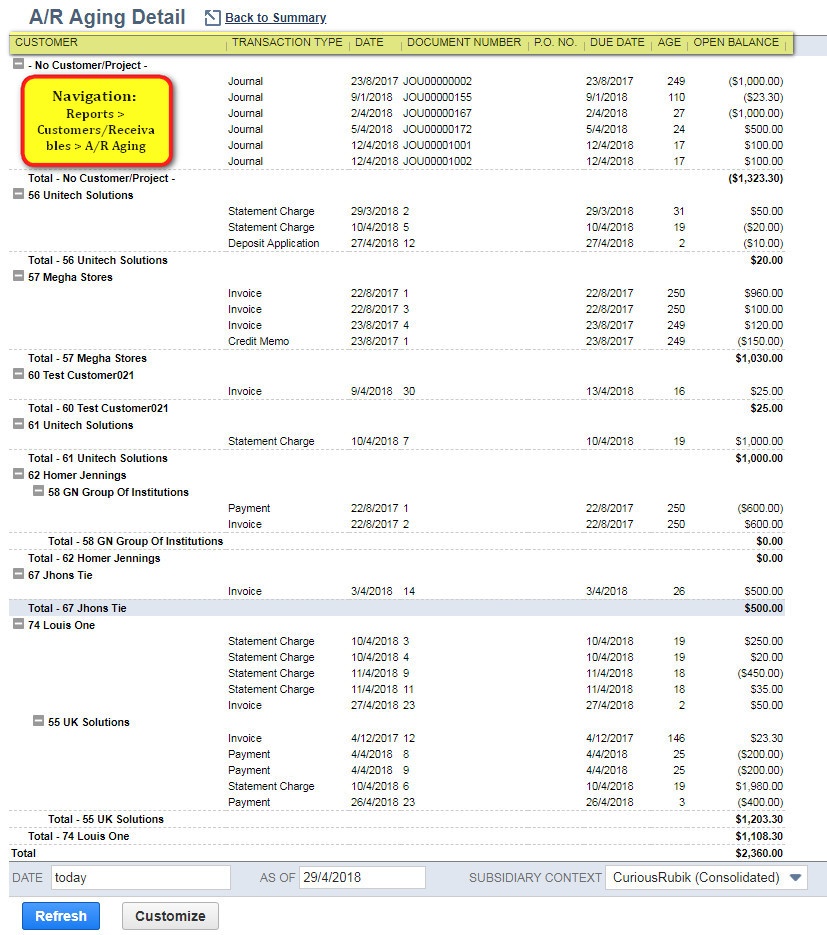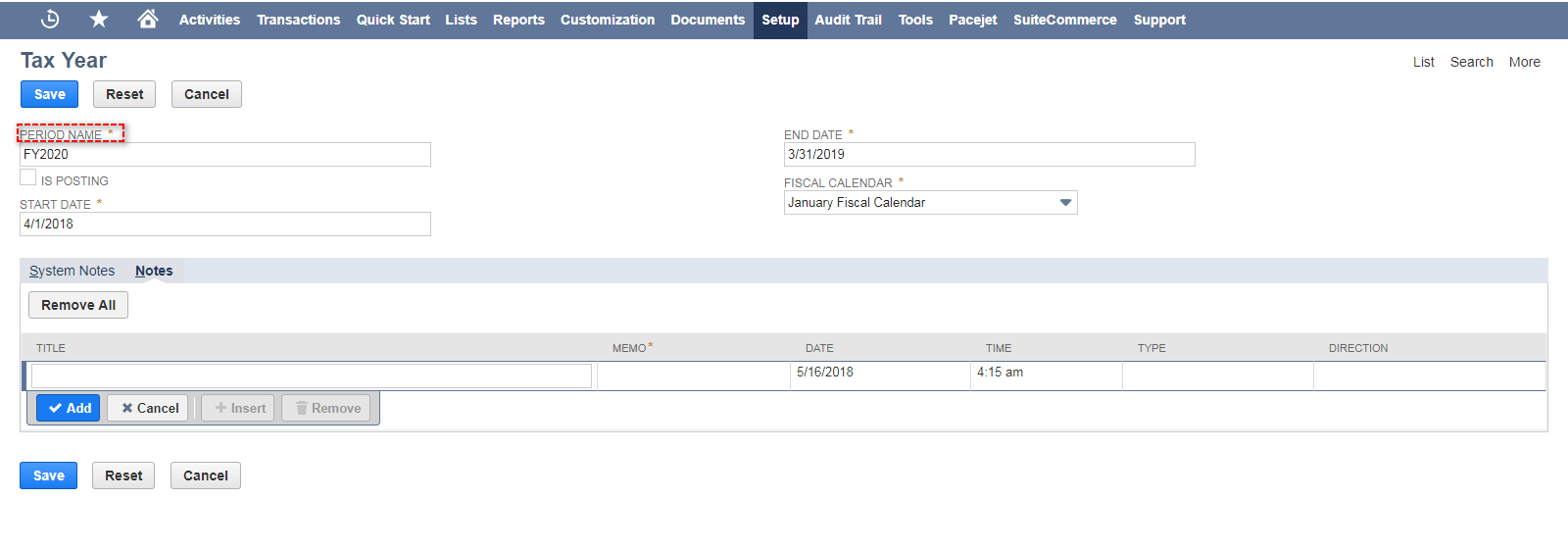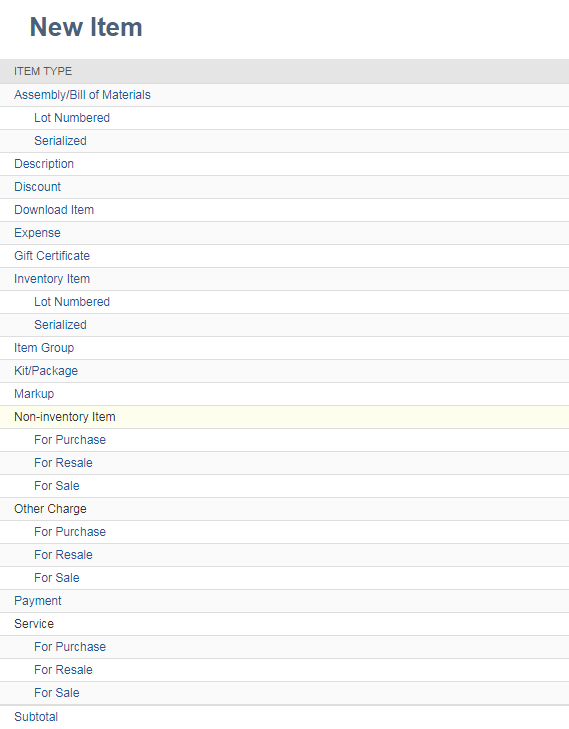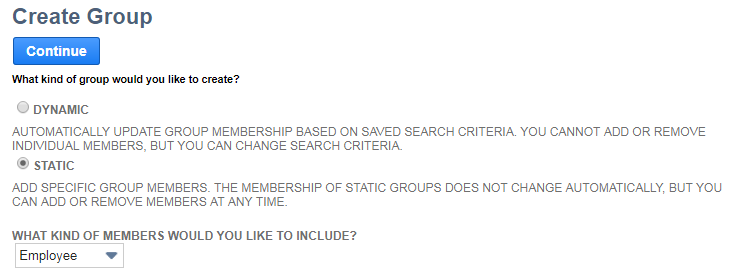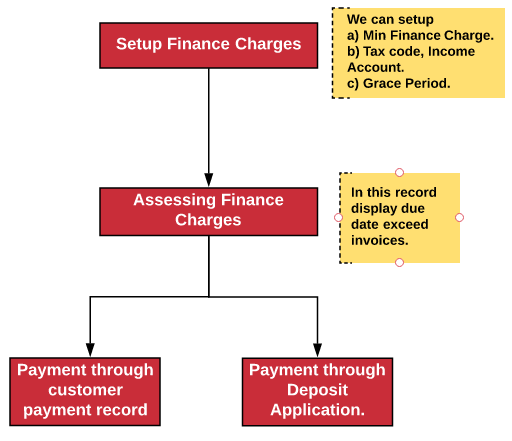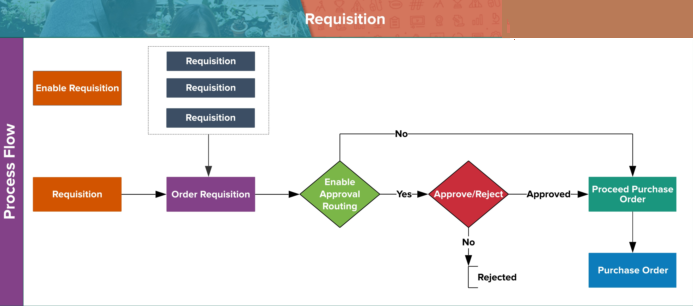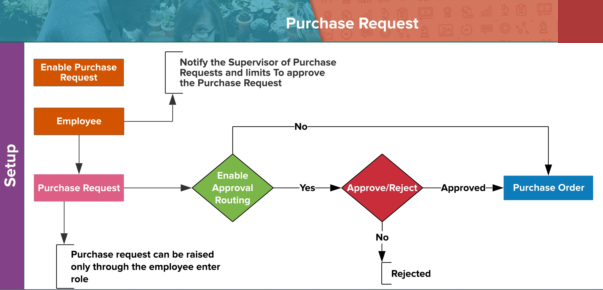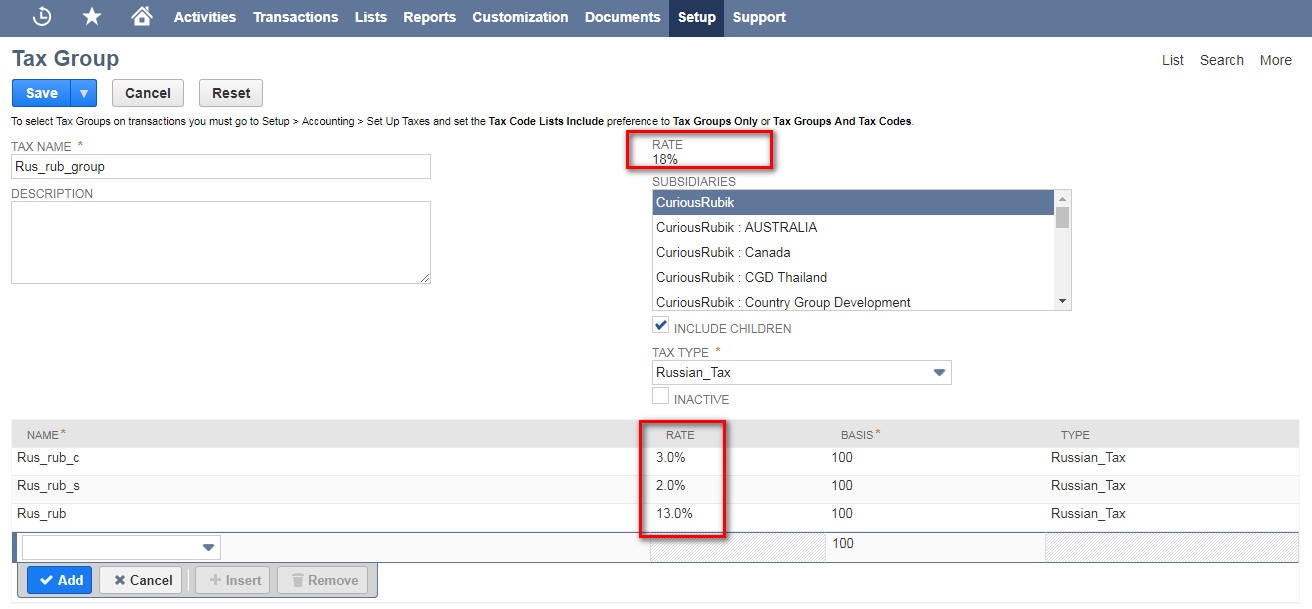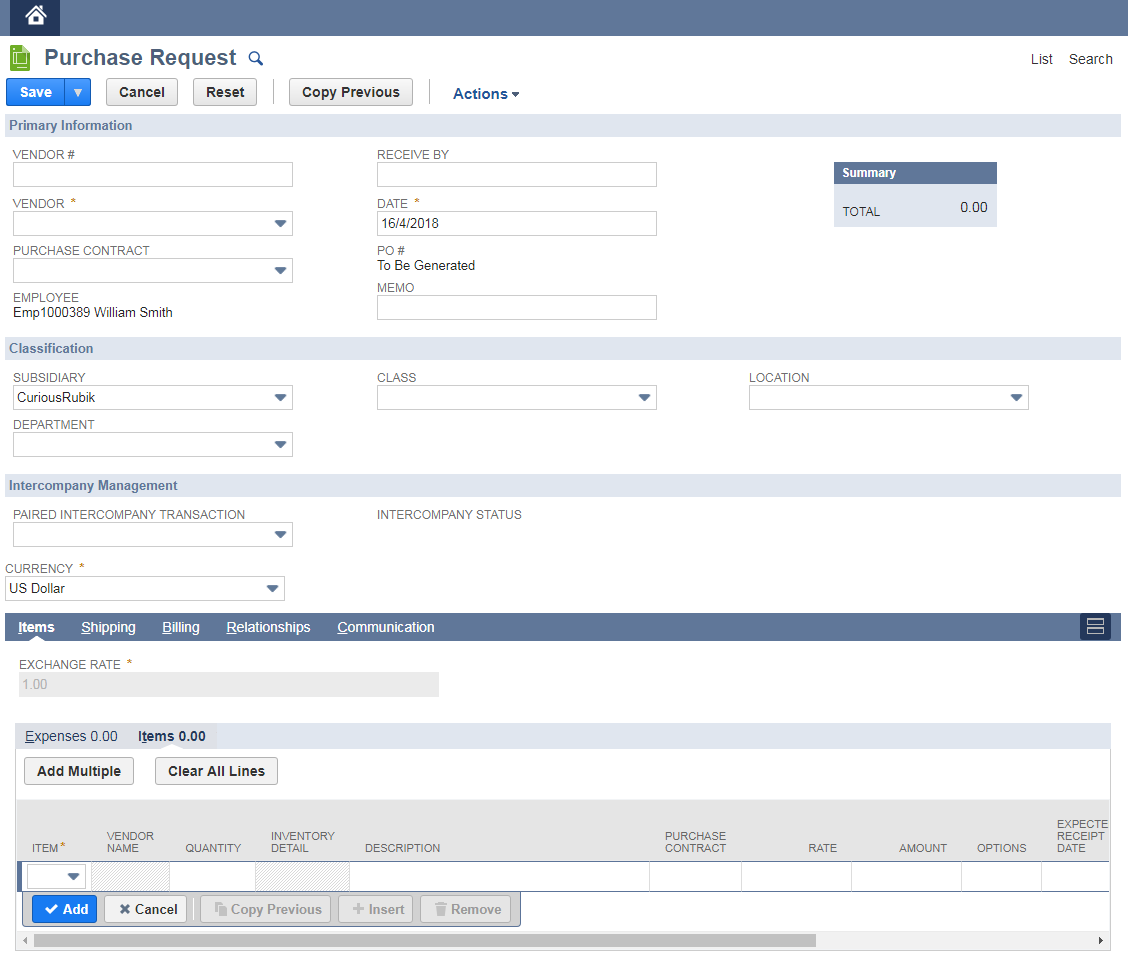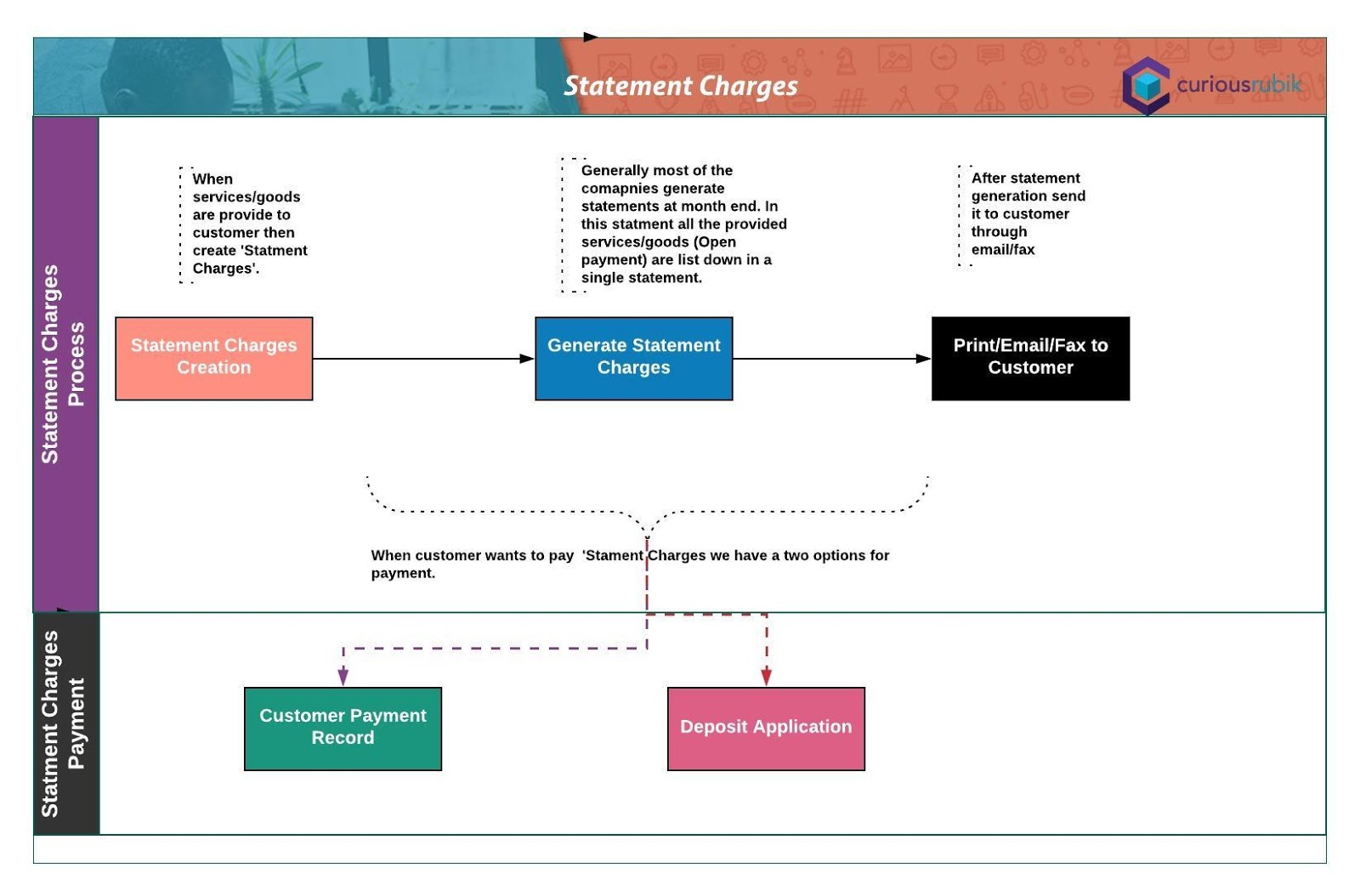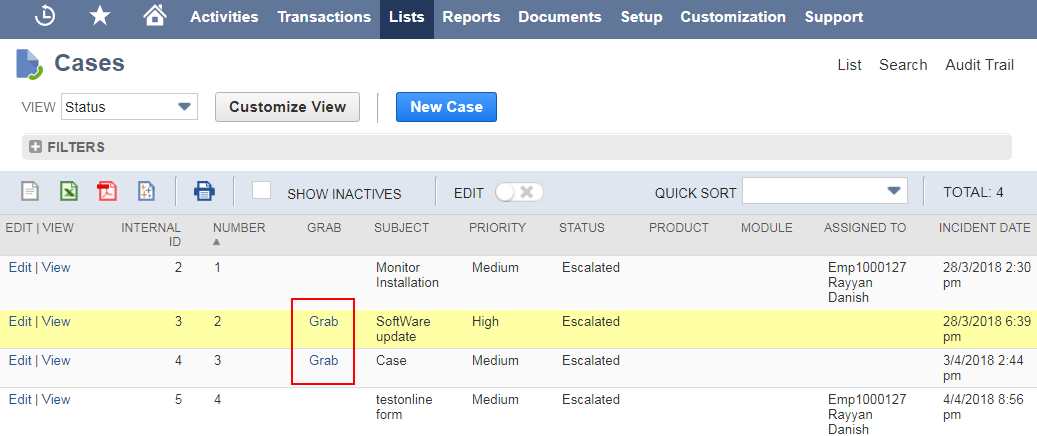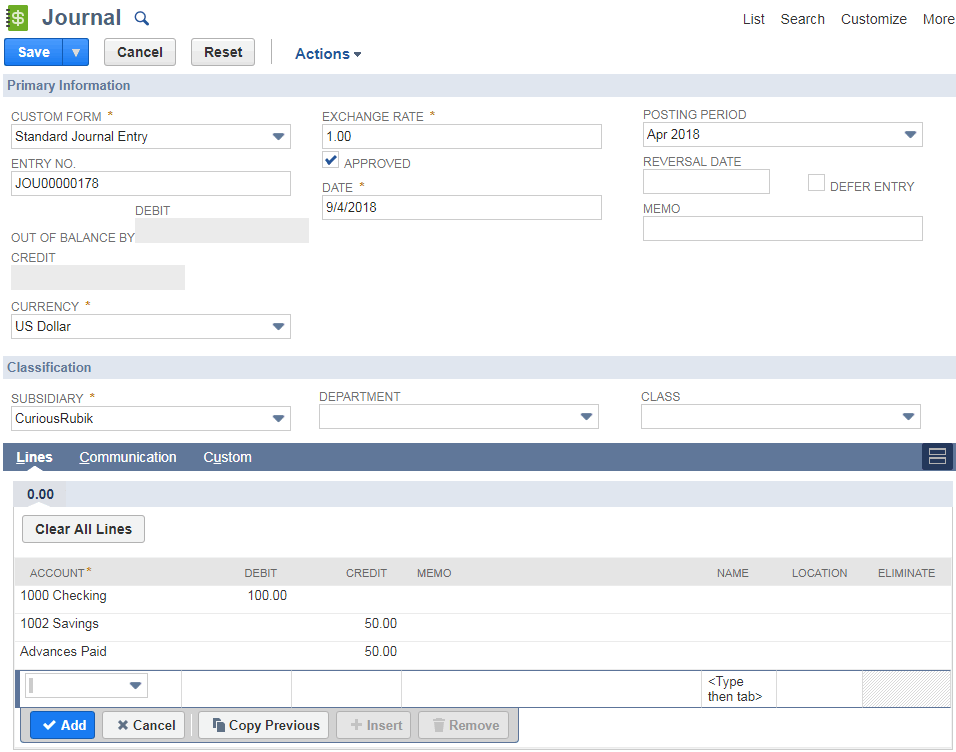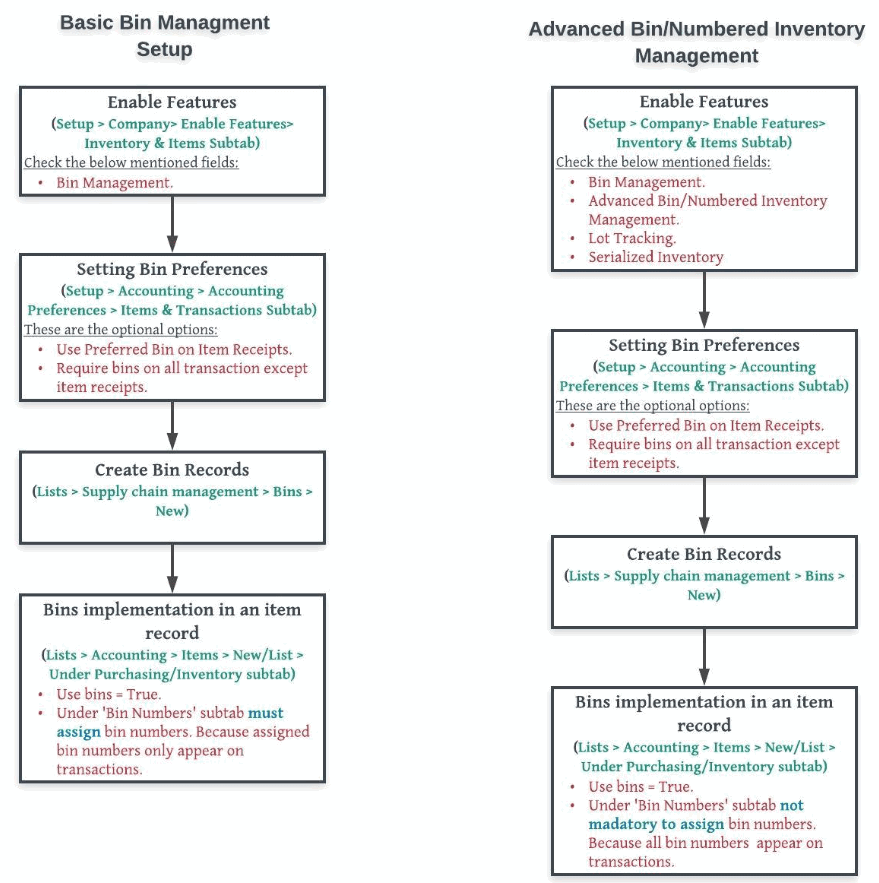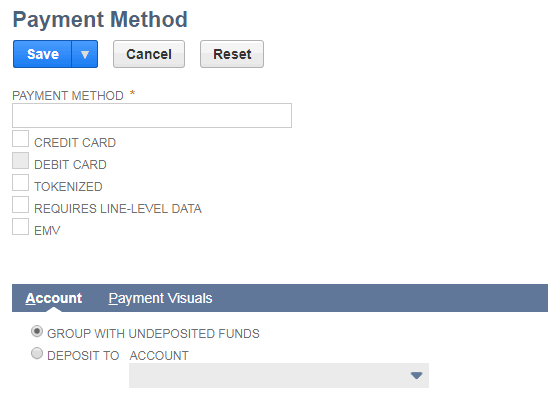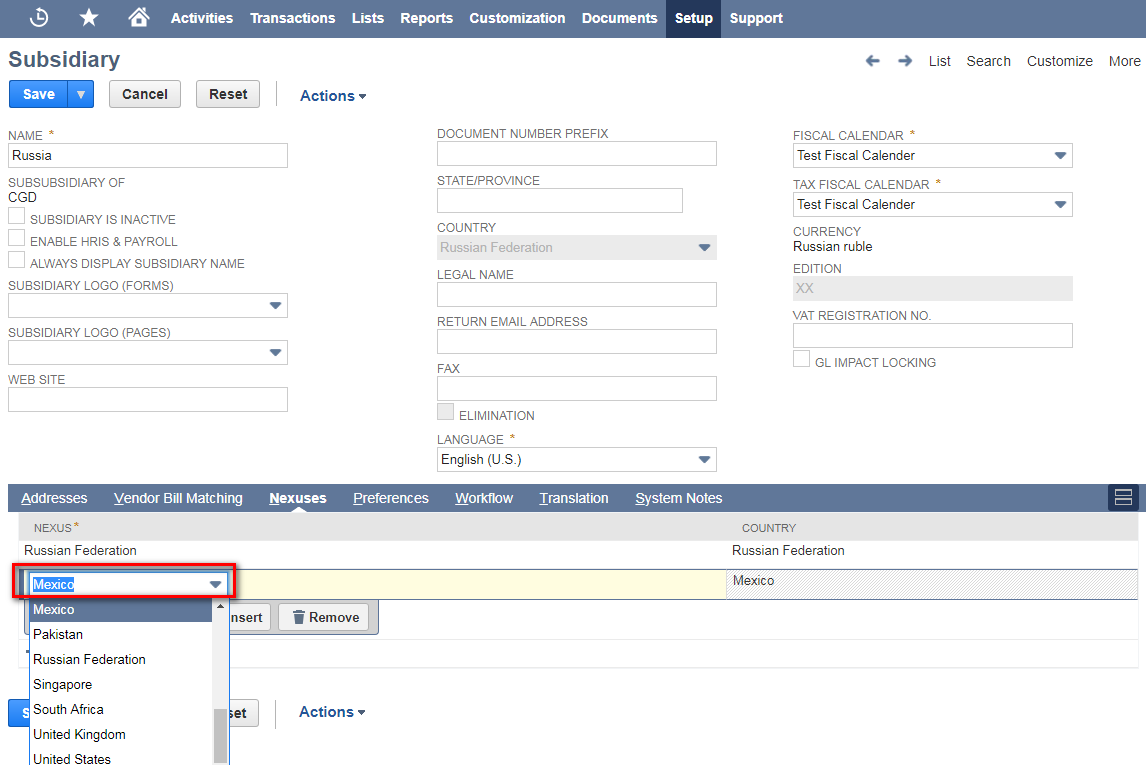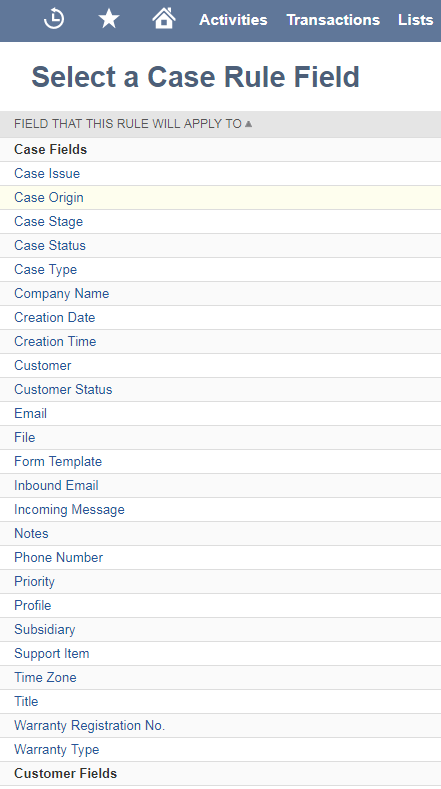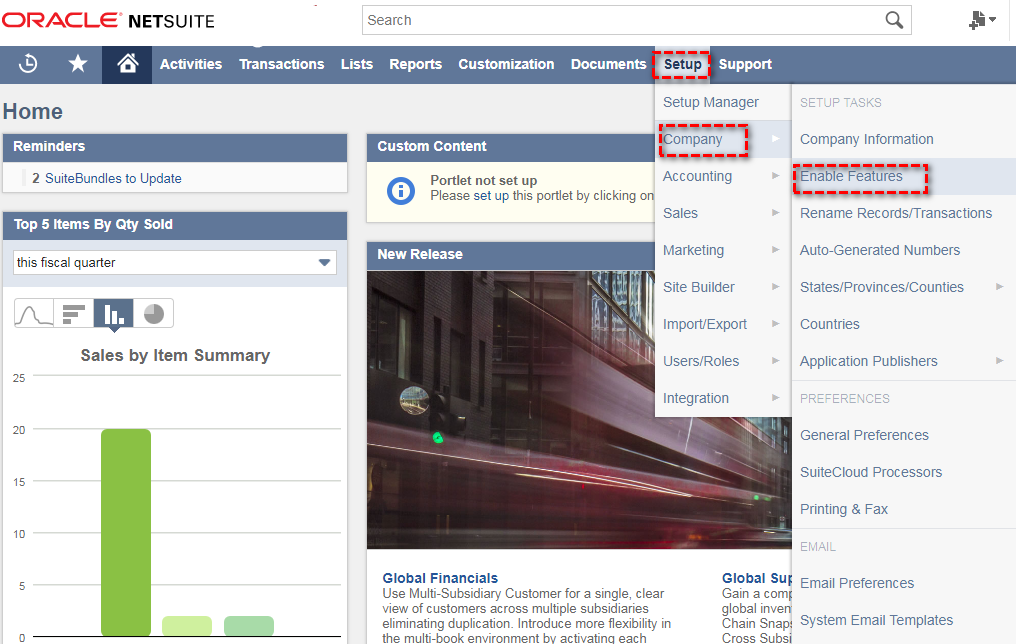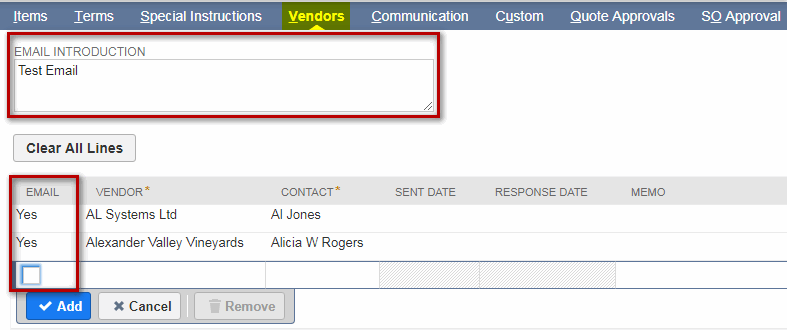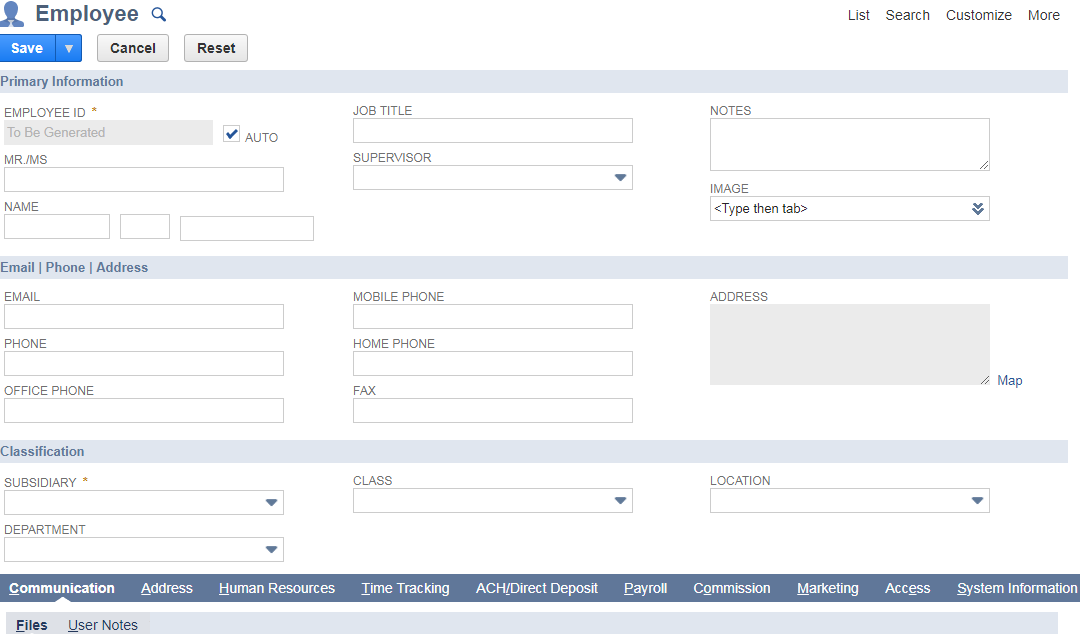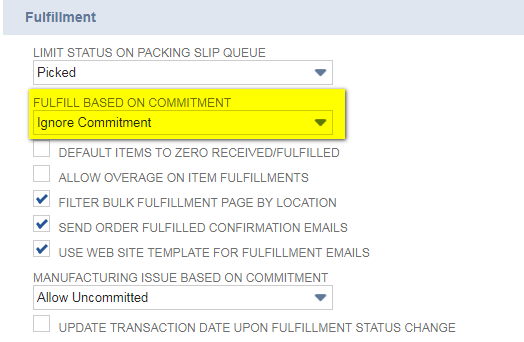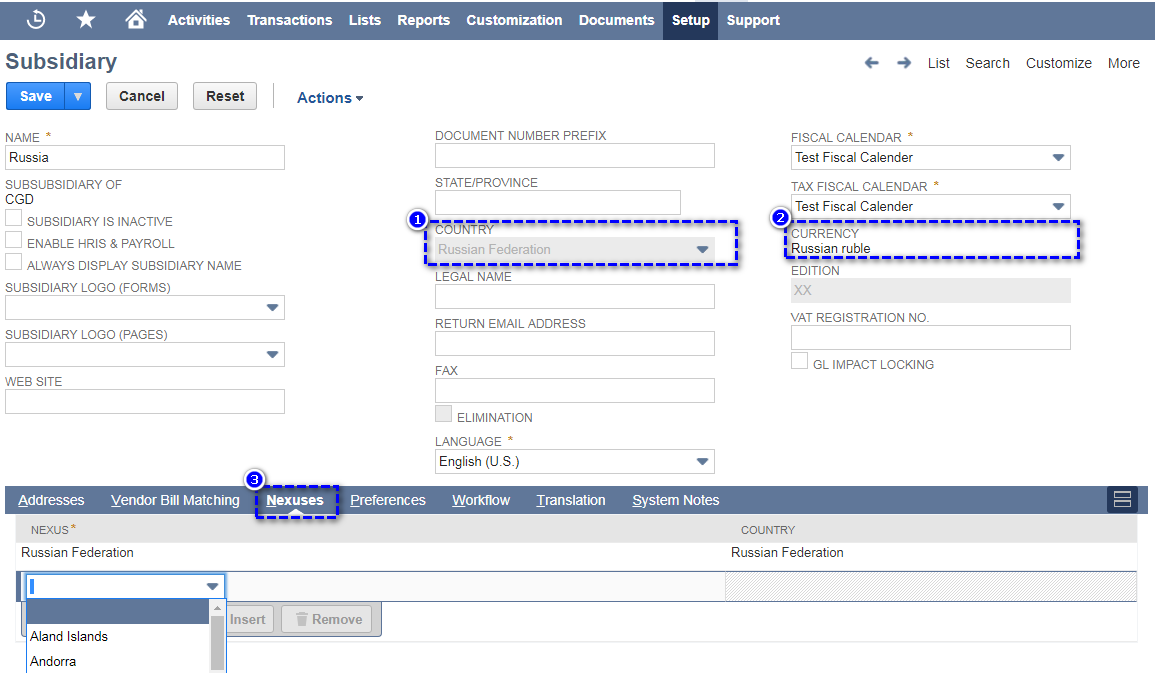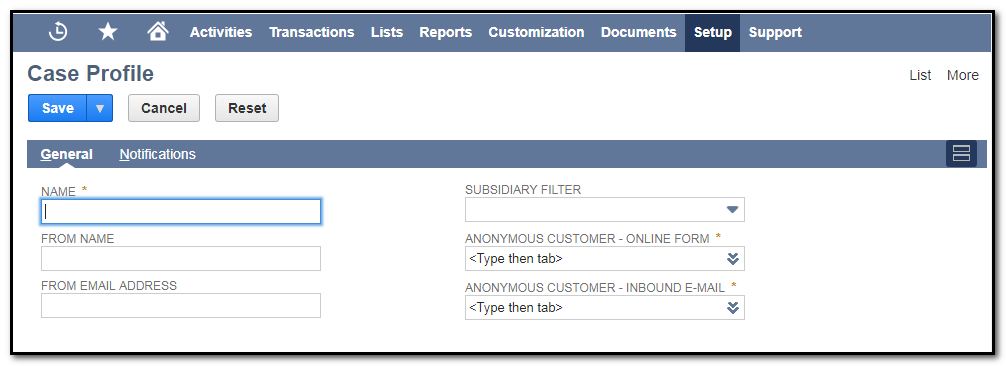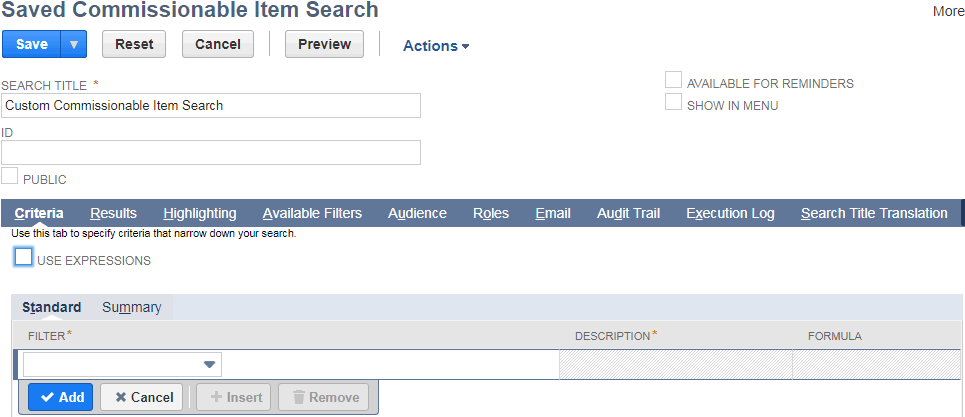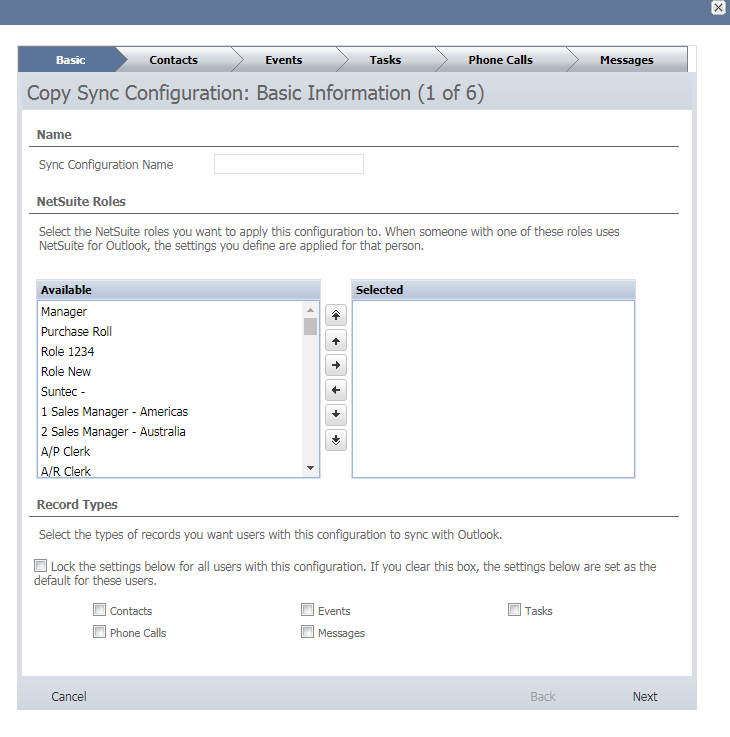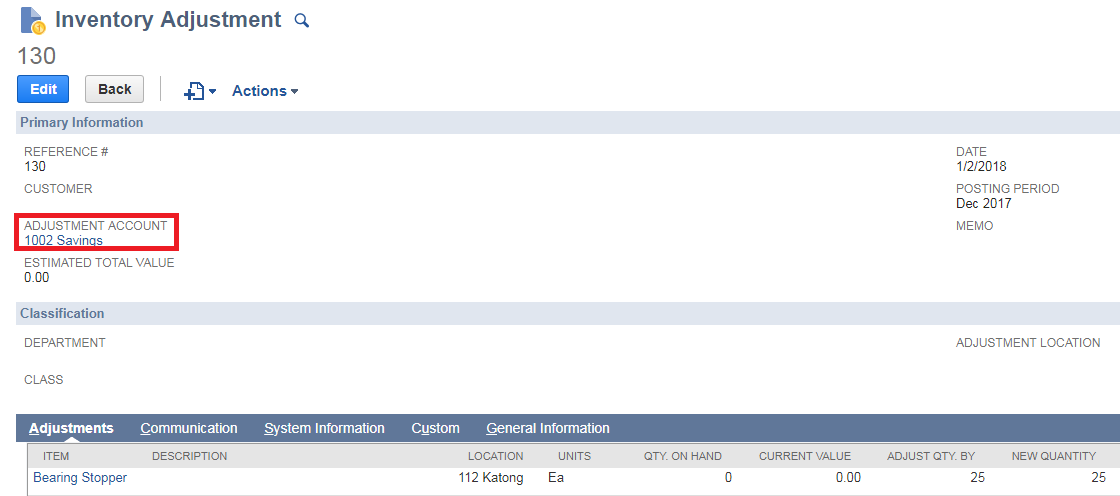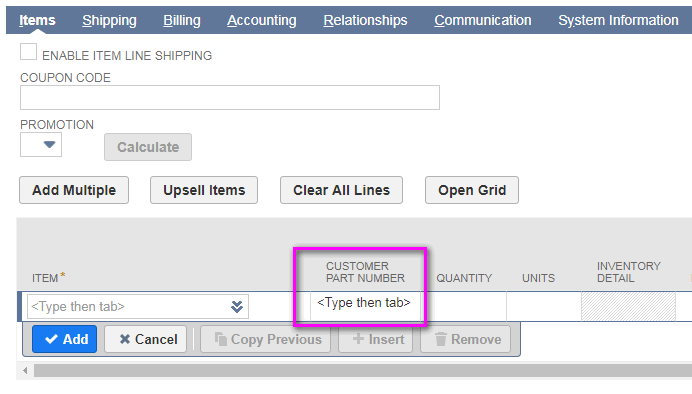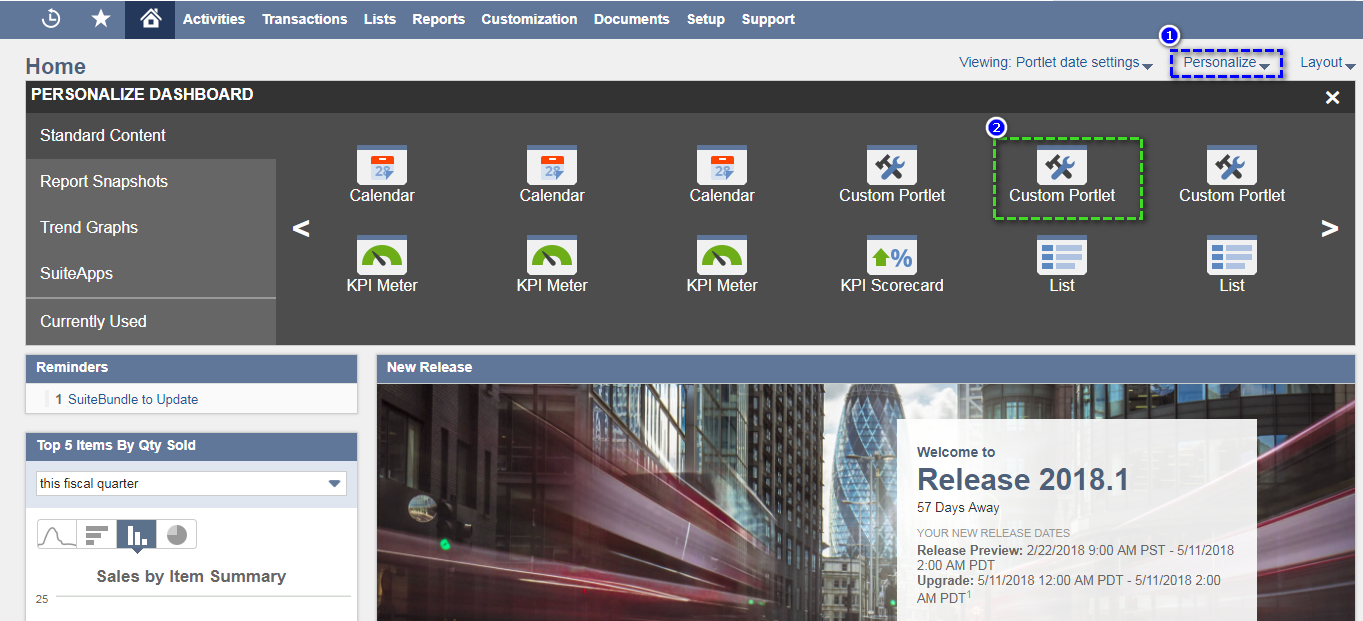

Roles and Permissions:
Netsuite provides two types of roles
- Standard Role: Standard roles will be available by default and they are not customizable.
- Custom Roles: If the requirements or permissions required are not achieved by standard roles then you will create custom roles according to your requirement and permissions needed.
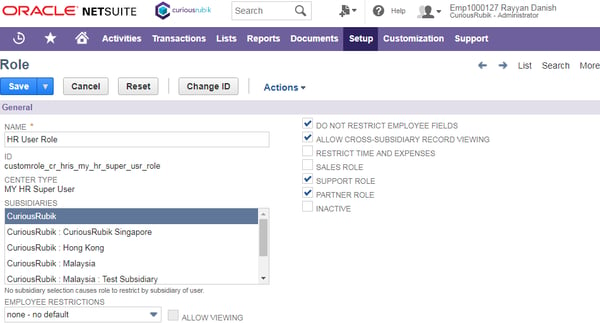
To create a new custom role: Go to Setup > Users/Roles > Manage Roles > New
- In the Name field, enter a name for this role, this name will be used for identifying the role while giving access to employees.
- By default system generates an id, if required you can change id according to format you need.
- Select center type for which this role is applicable, Note that after saving the role the centre type can’t be changed.
In one world account you can select subsidiaries to define for which subsidiaries this role is applicable. Users with this role access can create entities or post transactions only for the selected subsidiaries.
Employee Restrictions:
In the Employee Restrictions you have three filters
- Own -none default: If this filter is selected then employee select fields user will be defaulted.
- Own,subordinate & Unassigned: If this filter is selected then user can select his subordinates and un assigned employees in the lists.
- Own and subordinates only: If this filter is selected then user can select himself and his subordinates only.
Allow Viewing: Check this box to allow users logged in with this role to only view the employee data but not editing. They can view the records by department restrictions filtering.
Do Not Restrict Employee Fields: If this check box is checked then user can select any employee in the employee select fields.
Allow Cross-Subsidiary Record Viewing: If this checkbox is checked then user can see records of other subsidiaries to which he don’t have access but he can’t edit the records.
Support Role: If this checkbox is checked and employee restrictions are applicable then users will be restricted in accessing cases based on assigned employee in case.
Partner Role: If this checkbox is checked and employee restrictions are selected then user will be restricted in accessing partner and vendor transactions.
Information about the role permissions:
In NetSuite you can define permissions for different record types like lists,transactions, reports, setup, custom records.
To define the permission in Role page: Go to Set Up > Users/Roles >Manage Roles.
Under the permission tab you will find subtabs like
- Transactions
- Reports
- Lists
- Setup
- Custom Record
To Add Permission: Under permissions tab select the record type for which you want to add permission and define permission level.
Cancel: Helps to Cancel the action.
Insert: Helps to insert the line in between two lines.
Remove Permission: Select the line which you want to remove and click on remove button that record type will be deleted.

General Access Levels Permissions:
VIEW: If the permission level is “View” then user can only view the record and they cannot create new records or edit existing records.
CREATE: If the permission level is “Create” then user can only view the existing records and create new records but can’t edit or delete existing records.
EDIT: If the permission level is “Edit” then user can Create new records, View and Edit existing records but can’t delete existing records.
FULL: If the permission level is “Full” then user can perform all actions like create, view,edit and delete.

By using roles you can define permissions for the users to the records which they can access and level of access.


